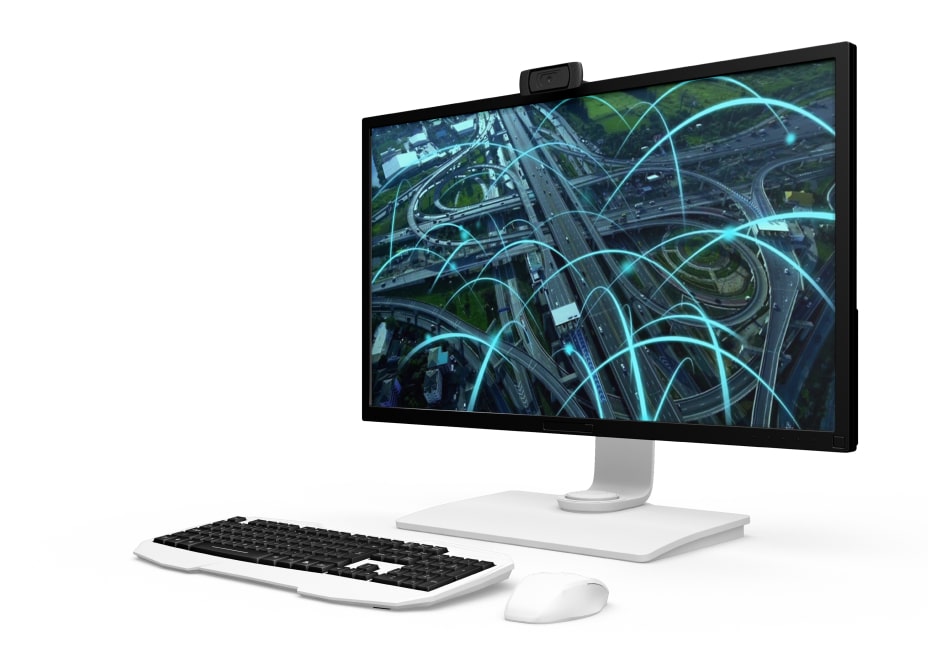
Business Challenges
Traffic congestion posed multifaceted challenges. It was highly unpredictable, causing daily commuting hassles. Static traffic signal timings worsened congestion at critical junctions. Lack of comprehensive real-time traffic data hindered informed decision-making. Moreover, the existing traffic monitoring system relied heavily on manual intervention, limiting its effectiveness.
Technology Solution
To address these complex traffic issues, we formulated a comprehensive solution, harnessing advanced technology. We deployed a vast network of IoT devices, comprising cameras and sensors, strategically placed throughout the area to collect real-time traffic data. Cutting-edge machine learning algorithms processed this data, predicting traffic patterns and recommending adaptive traffic signal timings. We also designed a user-friendly control center dashboard, enabling real-time monitoring and data-driven decision-making for effective road planning and infrastructure development.
Value Delivered
Our AI-driven traffic analysis system yielded transformative outcomes. Peak-hour traffic congestion decreased by 20%, vastly improving daily commutes. Commuters enjoyed up to 30% shorter travel times, boosting productivity. There was a 15% reduction in fuel consumption, delivering savings to individuals and the government. Safety saw a 25% improvement with fewer accidents. Traffic authorities could now make data-driven decisions, optimizing road planning and infrastructure development, enhancing the overall transport network.











